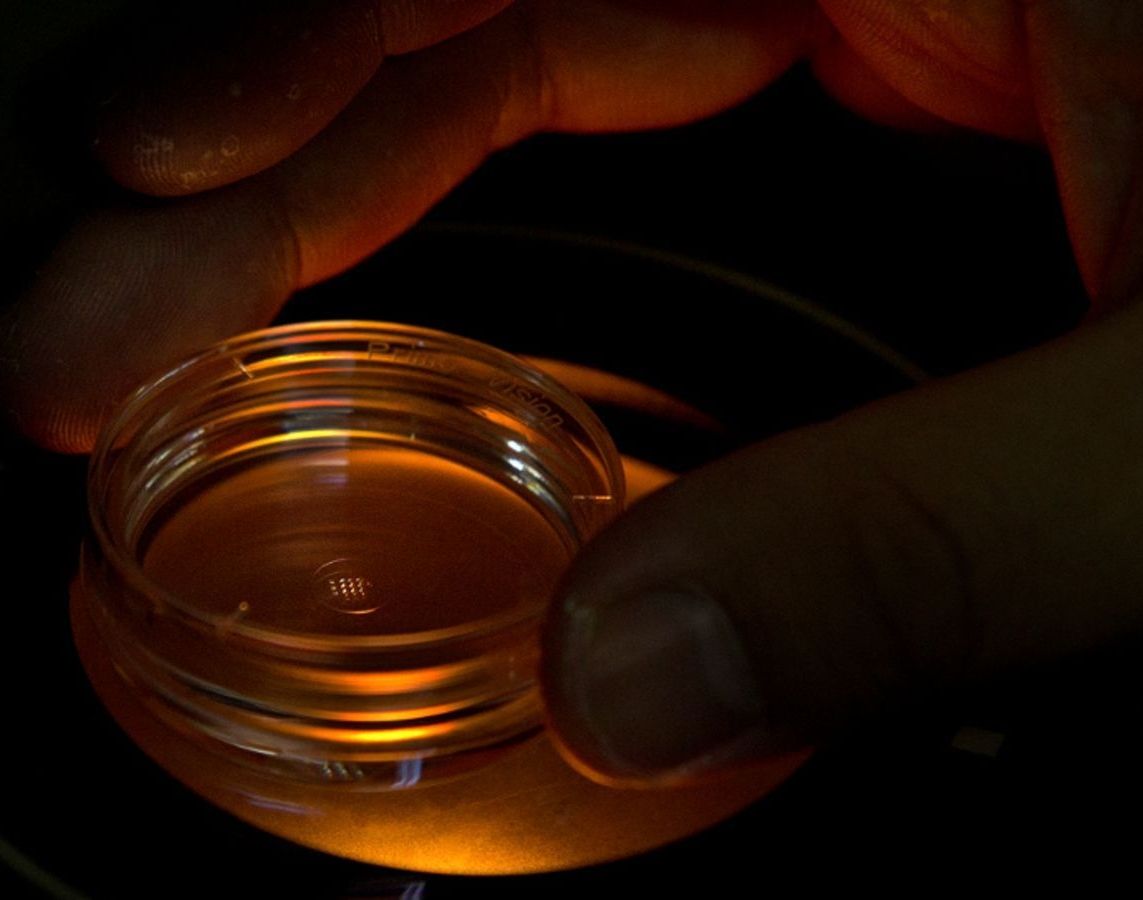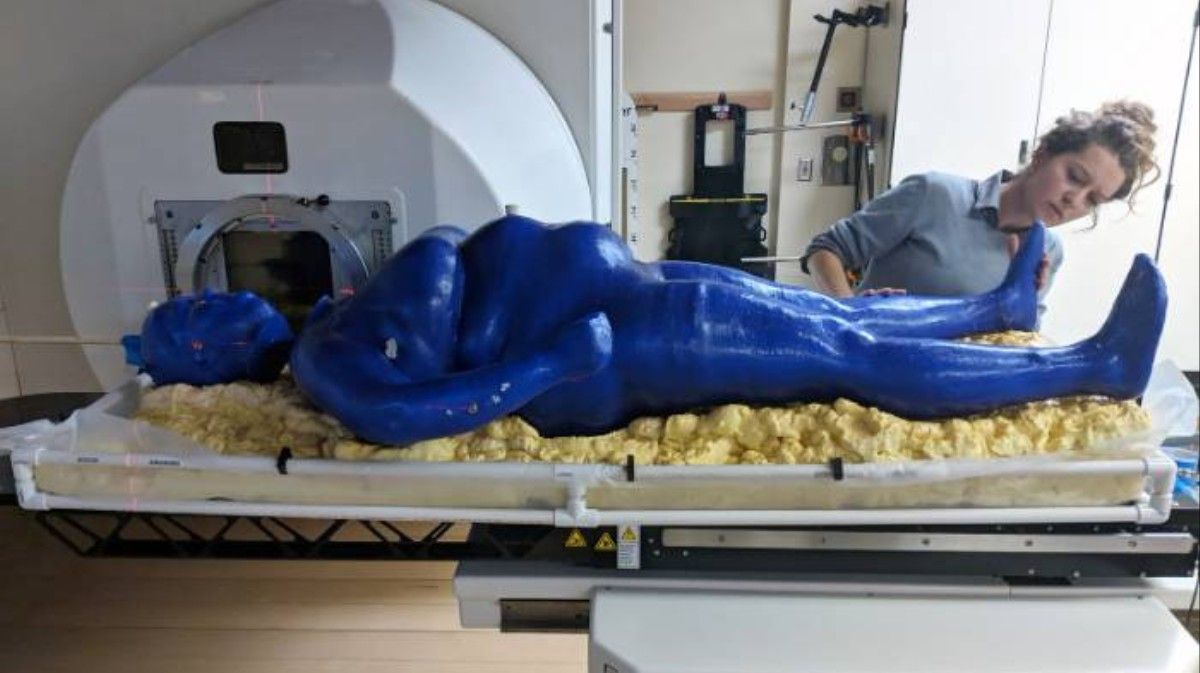To tackle widespread scientific misconduct, the Chinese government has expanded its controversial social credit system to include infractions made by research scientists. The plan could scare some scientists straight—but the potential for abuse is very real.
“Researchers in China who commit scientific misconduct could soon be prevented from getting a bank loan, running a company or applying for a public-service job,” reports science writer David Cyranoski at Nature News.









